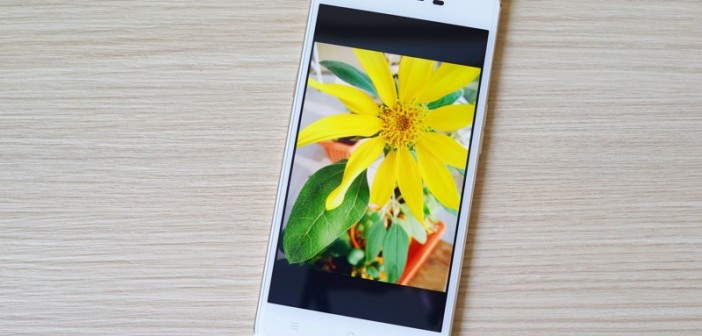Incredibly thin with only 6.3mm, the OPPO’s R7 looks totally attractive with its brushed premium metal chassis on the back. The use of 2.5D arc edge display screen, curved corners on all the edges and premium unibody design made this Android smartphone captivating and ergonomically comfortable. This level of comfort on my palm is known as the term ‘violin-arc’. As for the unibody design, OPPO uses aircraft-grade aluminum-magnesium alloy, making the R7 weighing less than 150 grams. On a closer look at the back chassis, the antennas are exposed for better transmissions purpose.


In the box, OPPO packed a VOOC USB charger, a VOOC micro USB cable and a protective cover. Designed by OPPO, VOOC is known as Voltage Open Loop Multi-step Constant-Current Charging, which is a fast charge technology for their mobile phones.
 Packed within the OPPO’s R7 is a Qualcomm MSM8939 Snapdragon 615 chipset, Adreno 450 GPU, 16GB internal storage and 3GB of RAM. This octo-core smartphone supports dual LTE SIM cards and extra storage up to 128GB by occupying the SIM 2 slot using a microSD card. With such excellent hardware specifications, the R7 will load applications much faster and users will experience smoother gameplay than the predecessor.
Packed within the OPPO’s R7 is a Qualcomm MSM8939 Snapdragon 615 chipset, Adreno 450 GPU, 16GB internal storage and 3GB of RAM. This octo-core smartphone supports dual LTE SIM cards and extra storage up to 128GB by occupying the SIM 2 slot using a microSD card. With such excellent hardware specifications, the R7 will load applications much faster and users will experience smoother gameplay than the predecessor.
 Using 1080p AMOLED HD display with 445ppi screen density, I am truly amazed by the phone’s high clarity and natural tone of colours. The R7’s 5-inch display makes it easy for one-hand operation such as scrolling through my Facebook and typing my text messages.
Using 1080p AMOLED HD display with 445ppi screen density, I am truly amazed by the phone’s high clarity and natural tone of colours. The R7’s 5-inch display makes it easy for one-hand operation such as scrolling through my Facebook and typing my text messages.
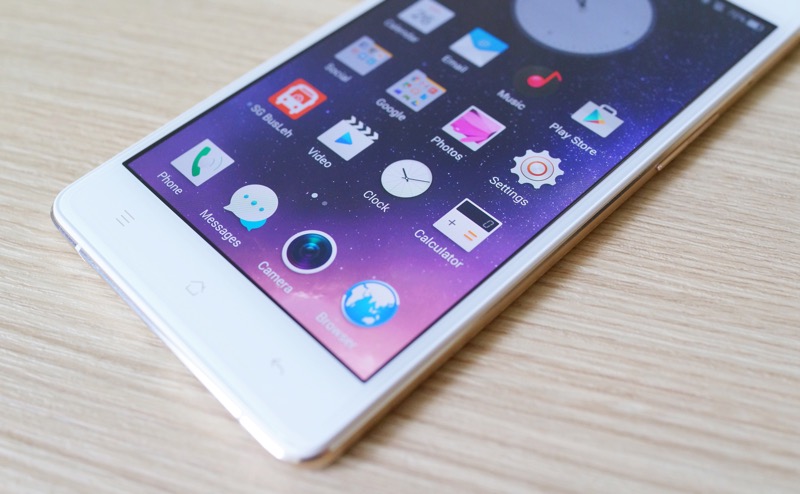
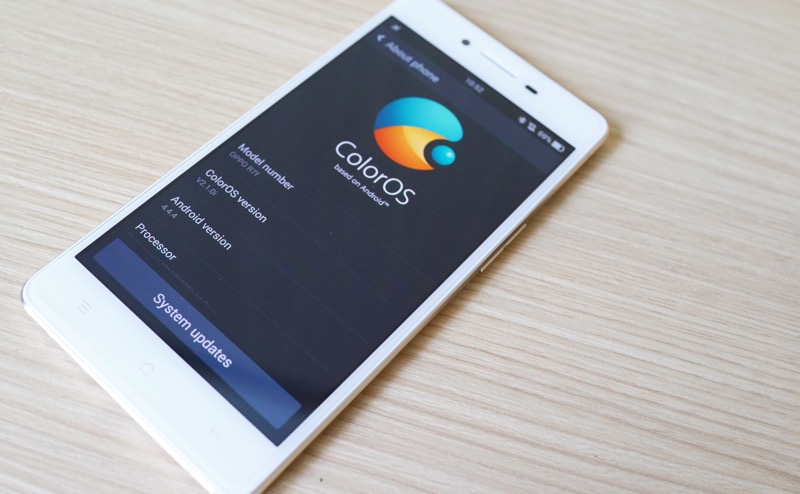
For the software, the R7 runs on ColorOS 2.1, which is the Android 4.4.2 Kitkat. This OS aims to improve the R7’s boot up time by 30% and has a better management of energy consumption.


Two new functions I love about the ColorOS 2.1 are the Smart Clearance and Eye Protection. During an idle state, Smart Clearance works in the background by freeing up more space for future operations. Eye Protection is an anti-glare function which reduces blue light on the display screen, which puts less stress on our eyes during low light usage.
The R7 has a built-in 2320mAh Li-polymer battery which can last me slightly more than a day. To speed things up, OPPO uses the VOOC Flash Charge technology to charge my battery from zilch to 70% in approximately 30 minutes. This can only be achieved by using OPPO’s VOCC charger and cable. Will charging rapidly cause any damage to the battery? The answer is yes, but OPPO has included a battery managing system in the R7 to prevent the battery from degrading.
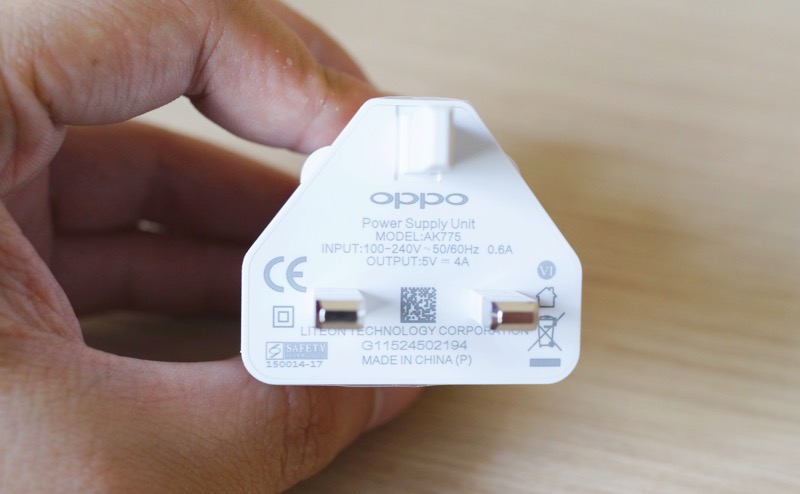
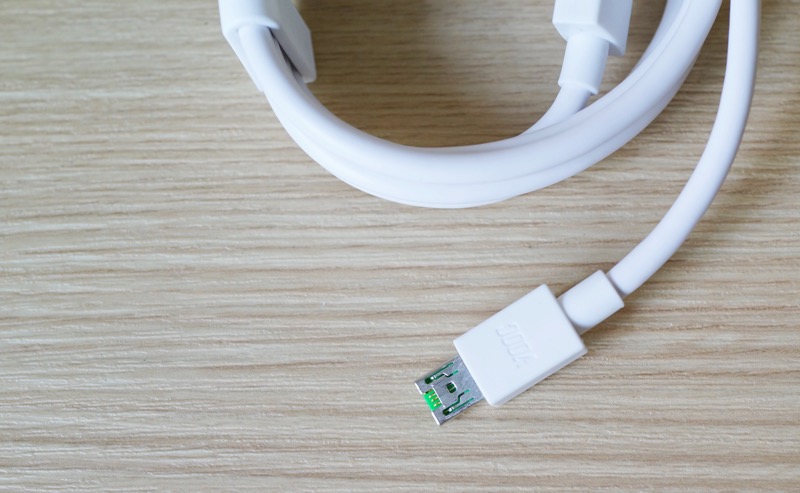
As a photographer, both the accuracy of the colours on the display screen and optical quality play vital imaging roles to me. OPPO has done very well on the display screen. As for the camera, OPPO has chosen to use the Schneider-Kreuznach F2.2 optics on the rear and a F2.4 on the front for the R7. Using an excellent optics with great aperture, the photo quality is beautiful and sharp.
Upon activating the camera mode, the R7 know what my subject is and it starts to focus on on my subject very quickly. There is no need for me having to tap to focus. This technology is known as Phase Detection Autofocus (PDAF). Moreover with a better hardware and software, the shutter speed of the R7 is fast.
What are the common issues with smartphones during low light photography? Due to the small sensor size packed in a smartphone, photographs in low light usually turns out blurry and grainy images, and poor vibrancy. I have personally tested the R7’s low light photography and it exceeded my expectations. The R7 manages its ISO very well, making my photographs less grainy and more sharp. The smart anti-shake optimization reduces blurry photographs caused by unsteady hands. Here are some of my photographs taken using OPPO R7.








In conclusion, the OPPO R7 is a great Android smartphone in terms of both hardware and software. Its camera has a fast shutter speed and produces good low light images. From the looks and specifications of it, the R7 is definitely a great bargain as it is priced at only S$569 with a 2-year warranty.

